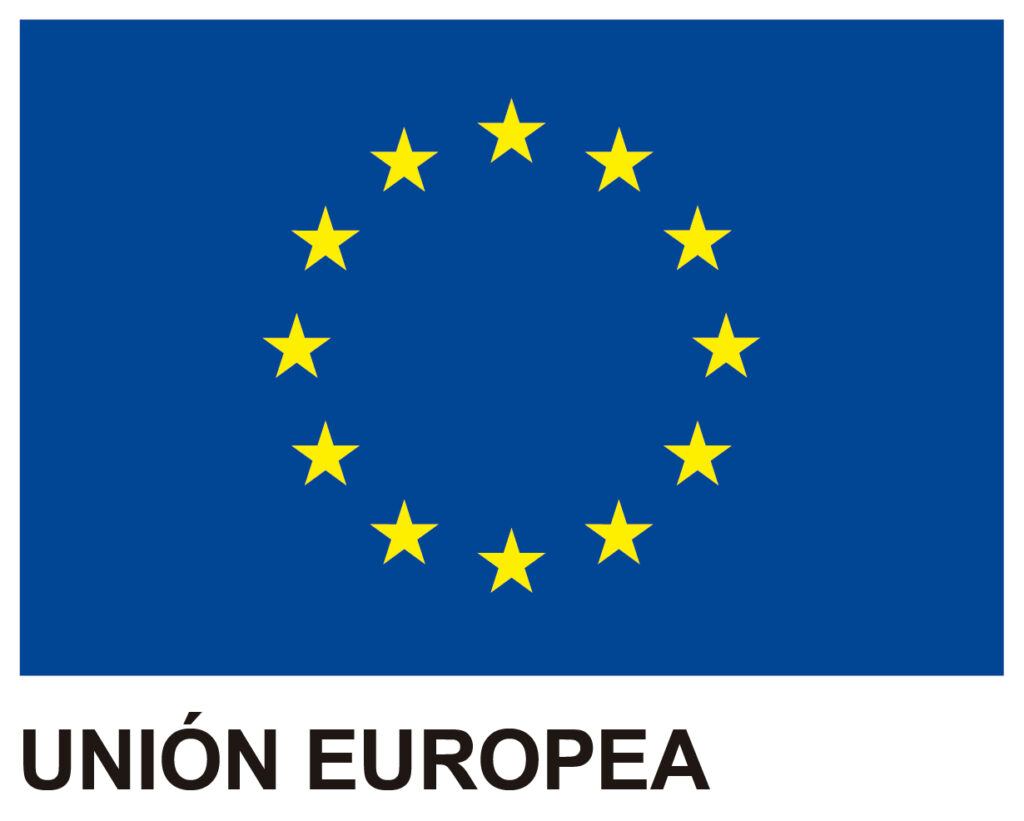Balanced Scorecard or Integrated Management Dashboard
The Concept and Definition of BSC
The concept of Integrated Management Dashboard (IMD), also known as Balanced Scorecard (BSC), was first introduced in 1992 in a work carried out by Robert Kaplan and David Norton for a semiconductor company. It was published in the Harvard Business Review and currently constitutes one of the most important international references for meeting objectives and business management.
But what is the Balanced ScoreCard? These authors propose the balanced scorecard as a management system that goes beyond the financial perspective with which managers traditionally evaluate their companies. Its foundation lies in the fact that by focusing solely on financial aspects, companies forget all the intangible assets that compose them, such as customer relationships, employee skills and abilities, innovative products and services, etc., which leads them to overlook important value creation opportunities.
Therefore, we can define the Balanced Scorecard as:
A management model that allows translating the company’s strategy into a series of interrelated objectives, which are measured through different indicators and are linked to specific action plans, which will enable the behavior of the members of an organization to be fully aligned towards the achievement of their true objectives.
In summary, it is about using a formula that allows the company to create long-term value.
The first issue that must be addressed for the correct application of the balanced scorecard is the definition of the mission, vision, and values of the organization, since we will only achieve a consistent organizational strategy if these elements are correctly conceptualized.
- The mission is the reason for the organization’s existence, which allows directing the actions of the entire organization through unity in decision-making.
- Vision: it is the visualization of the organization itself in the future and determines where it wants to go.
- Values, for their part, constitute the general foundation of any company and all its members and refer to the beliefs, ideals, and ethics of the organization.
Based on the definition of these concepts, the company’s strategy should be developed, which can be represented through strategic maps. The mentioned strategic map is nothing more than the visual representation of the organization’s strategy and is composed of a series of strategic objectives that serve to define the future of the organization and are coherently related to each other.
It is fundamental that these objectives serve to support the organization’s mission and become a means to achieve it, clearly establishing what is intended to be achieved. Consequently, the key is to accurately determine these objectives, and for this, we must ensure that they are specific, measurable, achievable, realistic, and time-bound.
Some examples of objectives could be the retention of profitable customers, improving the company’s image, or improving service quality, among others.
Additionally, the balanced scorecard model proposes the possibility of carrying out the mission and vision of the organization by distributing the strategic objectives based on the following four perspectives:
- Financial perspective: What should the organization do to satisfy the expectations of its shareholders?
- Customer perspective: What should the organization do to satisfy the needs of its customers?
- Internal perspective: In which processes must it excel to satisfy these needs?
- Learning and growth perspective: What aspects are critical to maintaining that excellence?
Finally, the next step in implementing the Balanced ScoreCard will be the selection of indicators, one of the most important phases of the process. Indicators are the means by which the organization can visualize whether or not the previously defined strategic objectives are being met. These are quantitative and/or qualitative elements that are used to measure the degree of fulfillment of the strategic objectives set.
Indicators are based on metrics, which provide measurements corresponding to the organization’s activities. These metrics are compared with threshold values that indicate the level of compliance of the indicator.
Each objective will have several associated indicators whose combined action will provide us with its degree of fulfillment.
In conclusion, it is worth mentioning the numerous advantages that implementing a Scorecard brings, including:
- Knowledge of the exact situation in which our organization finds itself.
- It allows the translation of the mission, vision, and values into concrete actions.
- It integrates information from various areas of the company, aligning its strategic objectives, ensuring that all efforts are directed towards the company’s vision, and therefore significantly improving internal communication in the organization.
Likewise, the detail of information achieved through the implementation of the Balanced Scorecard significantly improves the analytical capacity of managers.
The GlobalSUITE® balanced scorecard software has a module for managing integrated or balanced scorecards, used in organizations that wish to manage, control, and continuously improve their strategic objectives. In this sense, GlobalSUITE® also offers the possibility of configuring the visual strategic map and provides continuous reports and reporting.



